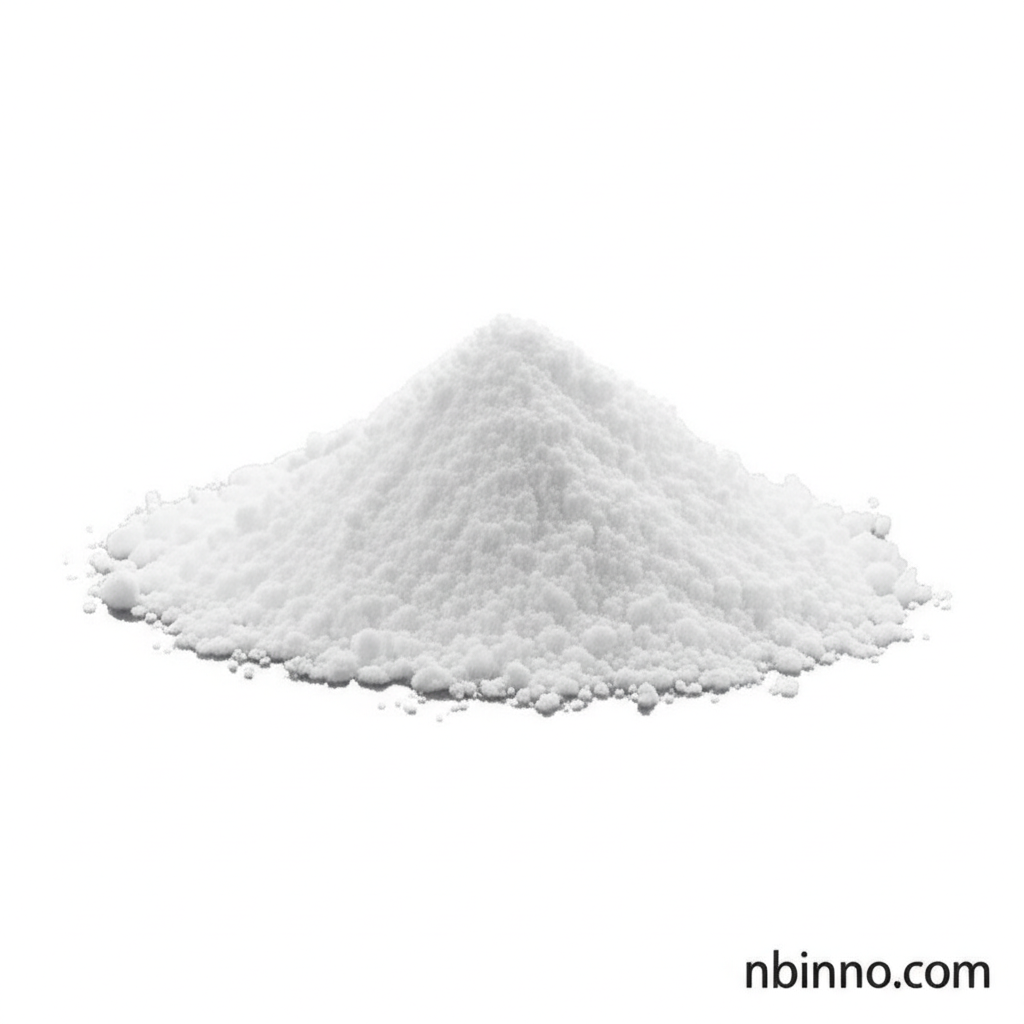Chiral Diphosphine Ligand for Asymmetric Catalysis: Properties and Applications of DIOP
Discover the key properties and uses of this vital organophosphorus compound in advanced chemical synthesis.
Get a Quote & SampleProduct Core Value

(4S,5S)-4,5-Bis(diphenylphosphinomethyl)-2,2-dimethyl-1,3-dioxolane
This advanced organophosphorus compound, known as DIOP, is a critical chiral ligand widely employed in asymmetric catalysis. Its unique structure facilitates precise control in chemical reactions, enabling the synthesis of enantiomerically pure compounds essential for pharmaceutical and fine chemical industries.
- DIOP serves as a crucial chiral ligand in asymmetric catalysis, a fundamental process for creating stereochemically defined molecules.
- This organophosphorus compound features a dioxolane ring and bulky diphenylphosphine groups, contributing to its effectiveness as a chiral ligand in asymmetric catalysis.
- The specific stereochemistry of DIOP is instrumental for its role in asymmetric synthesis, allowing for highly selective transformations.
- As a key component in catalyst development for pharma, DIOP enables the efficient production of active pharmaceutical ingredients with desired chirality.
Key Advantages
Enhanced Enantioselectivity
DIOP's well-defined chiral structure significantly boosts enantioselectivity in catalytic hydrogenations, leading to higher yields of desired enantiomers, which is vital for producing chiral intermediates.
Versatile Coordination
The presence of two diphenylphosphine groups allows DIOP to form stable complexes with various transition metals, making it a versatile ligand for a broad spectrum of asymmetric catalysis reactions.
Controlled Reactivity
The steric bulk of the diphenylphosphine substituents on DIOP influences its coordination geometry and reactivity, offering precise control in catalyst development for pharma and other high-value chemical syntheses.
Key Applications
Asymmetric Hydrogenation
DIOP is extensively used as a chiral ligand in asymmetric hydrogenation reactions, particularly with rhodium catalysts, for the synthesis of non-proteinogenic amino acids and other chiral molecules.
Organometallic Chemistry
Its ability to coordinate with transition metals makes DIOP a valuable tool in organometallic chemistry, facilitating the study and development of novel catalytic systems.
Chiral Synthesis
DIOP plays a critical role in chiral synthesis, enabling the creation of complex molecules with specific stereochemical configurations required for advanced materials and pharmaceuticals.
Ligand Design
As a representative chiral diphosphine ligand, DIOP informs the design and synthesis of new chiral ligands for diverse catalytic applications in fine chemical ligand manufacturers and research.
